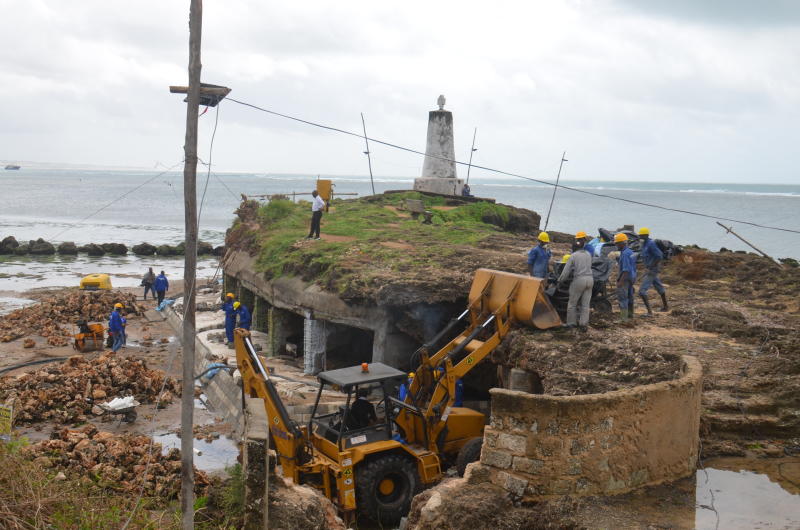×
The Standard e-Paper
Kenya’s Boldest Voice

A sea wall erected at the Vasco Da Gama pillar site in Malindi, Kilifi County on Thursday, July 2, 2020. [Kelvin Karani, Standard]
A report has listed Kenya as one of the countries whose area under heritage is most exposed to accelerating sea levels. The report titled African heritage sites threatened as sea-level rise accelerates, was published on February 10.